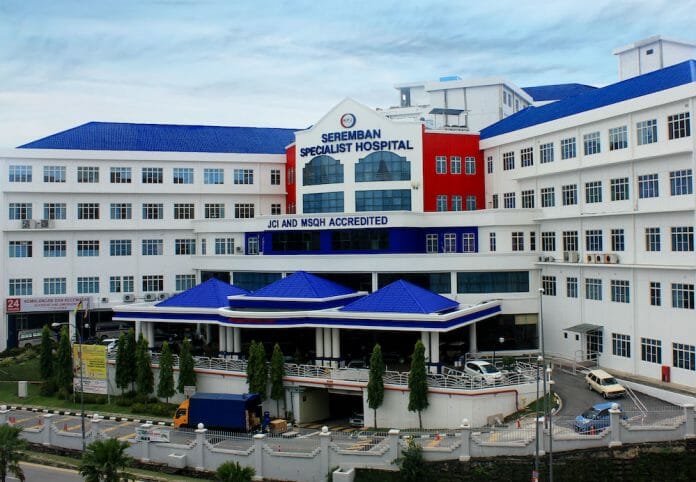The healthcare sector in its recent earning reports showed a slight sequential deterioration, in the 2QCY22 results season with 50%/50% coming in within/below vs. 33%/67% above/within forecasts during the preceding quarter.
IHH 1HFY22 results met expectations driven by both patient throughput and higher revenue intensity, partly driven by a recovery in demand for elective surgeries. Its 1HFY22 earnings more than offset the 2QFY22 hit from MFRS 129 (classification of Turkey as a hyperinflationary economy) attributable to higher depreciation. Note that as a result of MFRS 129, the group’s property, plant, and equipment carrying amounts in Turkey were higher after indexation.
Kenanga highlighted that its list prices have been adjusted for inflation in 1QFY22. However, due to the sustained high inflationary pressure, the group is reviewing a potential further price hike in 2H 2022 to realign with the corresponding cost increases. In Turkey, foreign patient revenue contribution remained strong at 14% (73% bed occupancy rate slightly lower QoQ due to seasonally lower period due to more public holidays in May). Its European operation’s contribution from Acibadem increased to 32% from 28%. While in India, non-Covid inpatient admission was higher than pre-COVID era. The group will continue to drive cost savings and ramp up productivity and increase the bed occupancy ratio currently at 69% in India.
As for Nova’s FY22, results were driven by house brands which accounted for 93% of turnover and more than offset lower OEM sales. Kenanga likes this stock for its business model which encompasses the entire spectrum of the value chain from product conceptualization starting from R&D to manufacturing, with growth driven by capacity expansion, a widening distribution network, and penetration into local public hospitals.
Pharmaniaga’s vaccine sales fading in 1HFY22, Kenanga projects FY22-23F earnings to be on a downtrend in the absence of lumpy vaccine sales. Nonetheless, the regular orders for medical supplies from the MoH concession will remain stable (as the concession is expected to be renewed end-2022). However, PHARMA is bracing for a margin squeeze due to the cost of input such as active pharmaceuticals ingredients (APIs) that has sky-rocketed in recent months. Kenanga believes PHARMA’s inventory of cheaper APIs (APIs typically account for about 30% of total cost) will only last for the next 3-6 months. PHARMA would be unable to immediately and entirely pass on the higher cost of APIs given the restrictive terms of the concession with regards to price hikes, i.e. a revision every three years, pegged largely to CPI.
Meanwhile, the Indonesian operation will continue to be driven largely by the growing product portfolio at its manufacturing arm. Kenanga continues to like PHARMA for its strong earnings visibility backed by its long-term medical supply concession with the MoH, from which cash flow anchors a dividend yield of >5%. However, its appeal as a growth stock has diminished with falling demand for
New hospitals are a drag on KPJ, its 1HFY22 results disappointed as the rebound in patient throughput fell short of expectations. Its patient throughput will continue to normalise with the return of elective surgeries as the pandemic moves towards an end. Kenanga likes KPJ for the inelastic demand of healthcare needs, allowing providers like KPJ to pass on higher costs amidst rising inflation, and its largest hospital network locally, putting it in a strong position to capitalise on a national healthcare insurance scheme, if it eventually materialises. However, it is unattractive from the standpoint of equity investment over the short term given as its new hospitals are still under the earnings-dilutive gestation period.









